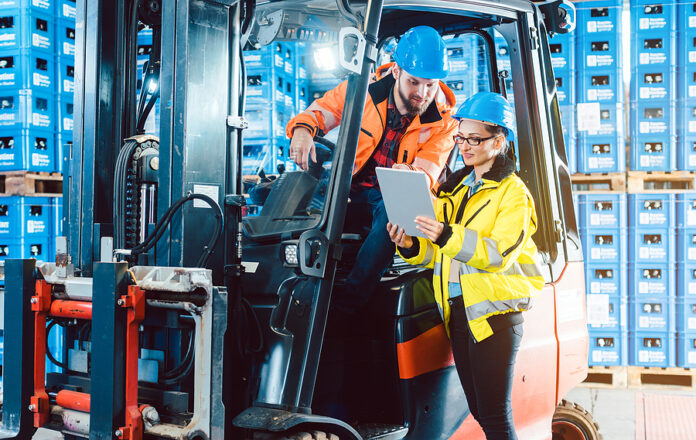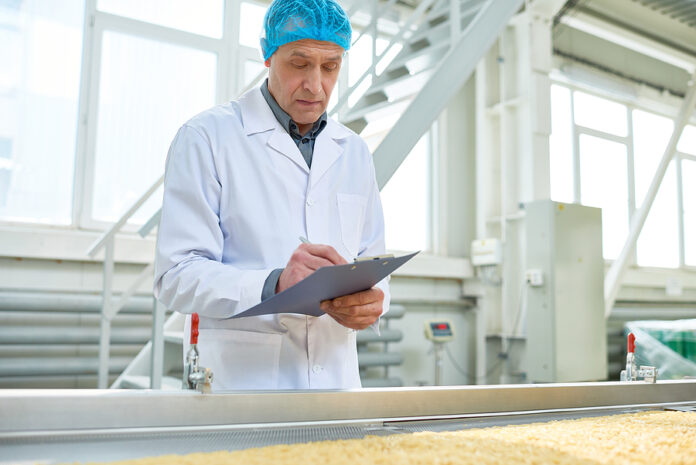
By Steve Johanson, SVP Industry Principal for Network Optimization, Logility
Key takeaways:
- Tariffs are creating major supply chain disruptions in the food and beverage industry, forcing companies to quickly recalculate sourcing strategies, production costs, and pricing models as import costs from Canada, Mexico, China, and the EU increase.
- Continuous network optimization powered by AI is essential for navigating these challenges, allowing companies to simulate tariff scenarios, compare total costs of different sourcing options, and make strategic adjustments before disruptions occur.
- Future-proofing requires shifting from reactive to proactive strategies through diversified sourcing, nearshoring, AI-driven modeling tools, and supply chain ontology that provides industry-specific intelligence rather than generic recommendations.
If you think the biggest challenge in food and beverage supply chains is keeping eggs affordable, get ready. Tariffs on Canadian and Mexican imports are already disrupting the industry even more — impacting everything from ingredient costs to supplier relationships.
This isn’t just another speed bump for supply chain executives. It’s a full-on detour that demands a fresh approach to continuous network optimization, AI-powered simulations, and proactive decision-making, especially as additional tariffs on goods from China and the European Union loom.
Tariffs: The unwelcome guest
While designed to support domestic industries, tariffs often create a sense of urgency that forces quick decisions that can impact everything from pricing to logistics. This means recalculating sourcing strategies, production costs, and consumer pricing models.
No organization likes this disruption — especially food and beverage supply chains, which depend on predictability and efficient supplier networks. Tariffs introduce the kind of chaos that can leave even the most seasoned executives wondering how to maintain profitability while absorbing rising costs.
But there is good news: companies can pivot, adapt, and come out ahead with supply chain strategies driven by continuous network optimization and AI-powered simulations.
Why network optimization is the secret ingredient
Tariffs increase costs and create ripple effects across the entire supply chain. A price increase on Mexican tomatoes, for instance, impacts salsa makers as well as distribution, transportation, and inventory planning across multiple stakeholders.
This is where continuous network optimization comes in. Nowadays, many leading companies leverage this approach by using AI-powered modeling tools to visualize scenarios, simulate potential tariff impacts, and make strategic adjustments before disruptions occur.
Take, for example, a global coffee company that faced increased tariffs on imported beans. The company can use real-time supply chain simulations to compare the total costs of reshoring versus shifting suppliers within the same region. The result? A reduction in logistics costs and a streamlined supplier mix that improved resilience while maintaining profit margins.
Many AI solutions offer generic insights, but food and beverage supply chains need tailored, industry-specific intelligence that accounts for supplier shifts, lead time changes, and geopolitical trade policies.
In this case, AI that uses a supply chain ontology becomes invaluable — a sophisticated framework that maps relationships between data points based on how supply chains operate. Unlike traditional AI models, which often provide generic recommendations, supply chain ontology ensures that AI-driven insights are deeply relevant to operations including the food and beverage industry, considering supplier dependencies, perishable goods logistics, and compliance regulations.
Where adaptability is the key to success
If the past few years have taught us anything, it’s that disruption is the new normal. Whether it’s tariffs, global pandemics, or a shipping crisis caused by a cargo ship doing the equivalent of a 20-point turn in the Suez Canal, companies must be prepared.
Future-proofing your supply chain means:
- Building agility into your sourcing strategy: Diversifying suppliers and nearshoring can help mitigate risks.
- Embracing continuous network optimization: Regularly adjusting supply network models ensures resilience against sudden policy shifts and cost fluctuations.
- Investing in AI-driven modeling tools: The ability to run multiple what-if scenarios allows companies to stay ahead of changes rather than react to them.
- Shifting from reactive to proactive decision-making: AI-powered supply chain simulations can improve forecast accuracy, lower costs, optimize inventory, and ensure faster decision-making.
Tariffs may be another ingredient in an already complex supply chain formulation. But food and beverage businesses that embrace continuous network optimization and AI-driven decision-making won’t just anticipate disruptions — they’ll transform them into competitive advantages.
 Steve Johanson is the SVP Industry Principal for network optimization at Logility, a leading provider of AI-first supply chain management solutions engineered to help organizations build sustainable digital supply chains that improve people’s lives and the world we live in. There he draws on 25 years of helping clients optimize their supply chains. Steve works with the Logility team to bring new and innovative solutions to the greater supply chain community and to help the client base build skills and knowledge to sustain competitive advantage.
Steve Johanson is the SVP Industry Principal for network optimization at Logility, a leading provider of AI-first supply chain management solutions engineered to help organizations build sustainable digital supply chains that improve people’s lives and the world we live in. There he draws on 25 years of helping clients optimize their supply chains. Steve works with the Logility team to bring new and innovative solutions to the greater supply chain community and to help the client base build skills and knowledge to sustain competitive advantage.

Credit: Source link


![[Report] AI in Food Manufacturing: The $1 Billion Advantage [Report] AI in Food Manufacturing: The $1 Billion Advantage](https://foodindustryexecutive.com/wp-content/uploads/2025/06/bigstock-Holding-A-Globe-With-Innovatio-432586769-150x150.jpg)











